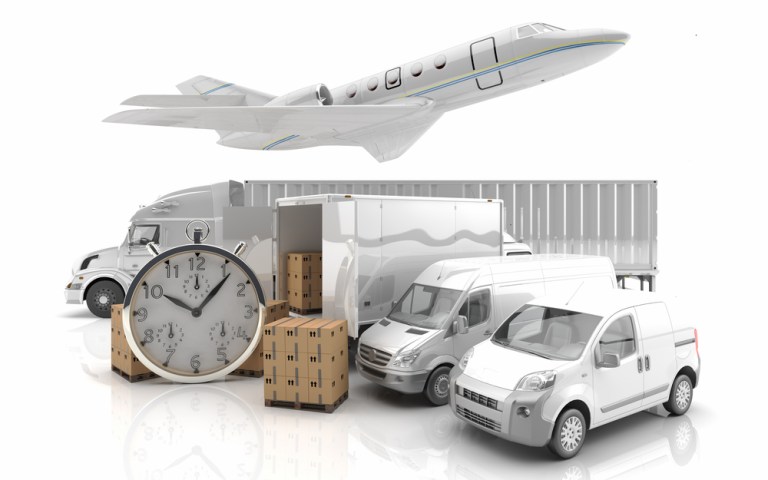
For fleet managers tracking thousands of far-flung vehicles, data analysis can help keep track of costs and drivers that may be having a negative, or positive, impact on the bottom line. Here’s how Transpoco links mobile technology to the finances of fleet.
Even in an age of lower fuel costs, transportation fleet managers must always be mindful of the bottom line.
A new service, launched by Europe-based transport telematics company Transpoco, eyes helping car, van and truck fleets keep tabs on and manage the most pressings costs in running transport — namely, fuel, maintenance and insurance expenses.
The company said its new platform, called SynX, is driven by the cloud and ties together the already existing Transpoco GPS software and fuel cards that are out in the field.
Andrew Fleury, the company’s chief executive officer, recently told PYMNTS that telematics in the transportation industry, in general, is “moving past any sense of ‘Big Brother’ and past any communication issues that go between employees and the drivers.” That wariness, according to the executive, may have, in the past, been predicated on drivers being worried that they may have been at risk of being singled out, or being made an example of, for certain transgressions (even unwittingly) beyond company policies. But clearer lines have been drawn, based on use of data in the field and mutual goals of keeping costs down.
Fleury told PYMNTS about the advantages of telematics and, now, the linking of data across fuel, mileage and maintenance in real time, as well as the ability to track if certain vehicles, routes or even (by analysis) certain makes of vehicles are weighing down margins or can be fine-tuned to promote efficiencies.
In fact, the company has found that, in developing SynX, significant cost savings can be uncovered through data analysis. There is a 20 percent differential in fuel consumption and 35 percent in maintenance costs, as defined between the best-performing drivers and the worst ones.
The key benefits, according to Fleury, come as data is automated, which allows fleet managers to focus on, well, management. The people behind the wheel — and the people behind the people behind the wheel — can be alerted to key actions that need to be taken, at the pump or during route runs themselves. “The ultimate focus,” said Fluey, “is that drivers change behaviors” in beneficial ways, both for themselves and for the company at large.
Data flow comes across SynX in intuitive form, said the CEO, with a scorecard function that reads somewhat like a report card, across metrics such as vehicle use, performance, mileage and other benchmarks. Mobile functionality means that communication can be conveyed to drivers in real time and on the routes, across email and Android devices. Data analysis can be done on a deep level and pushed to a company user, with broader service from Transpoco itself (which creates upsell opportunities for the company among clients).
The introduction of SynX, according to the company, comes after a two-year research and development program that was supported by Enterprise Ireland. Initial rollouts will focus on Europe, specifically Ireland, France and the United Kingdom, with most likely adopters being fleet managers with 5,000 to 10,000 vehicles under management. Geographic reach, said Fleury, will extend to areas such as the Nordic countries, Germany and Spain. The expansion will gain some traction with the collaboration that exists between Transpoco and 10 other companies across Europe that provide telematics fleet management solutions.